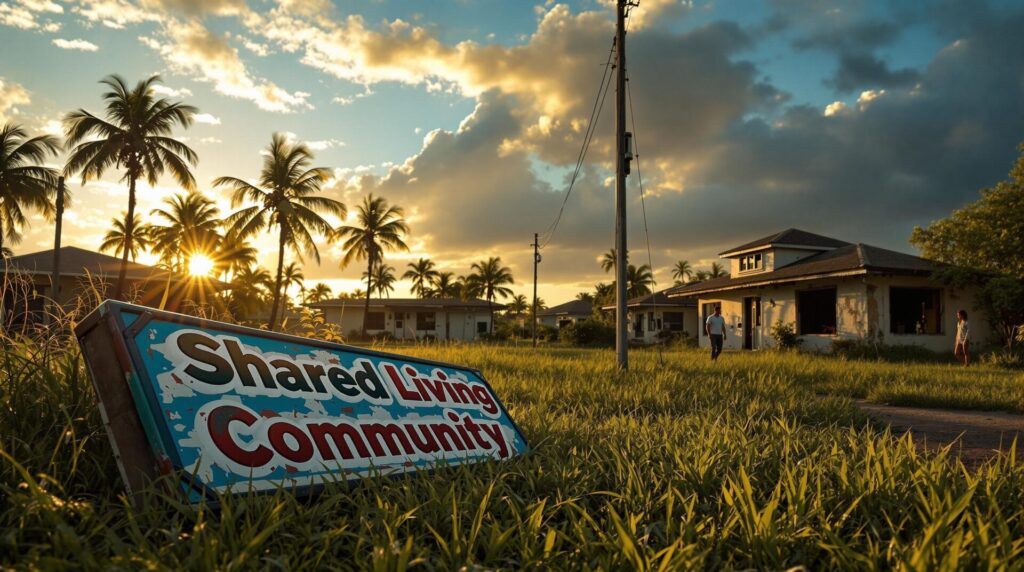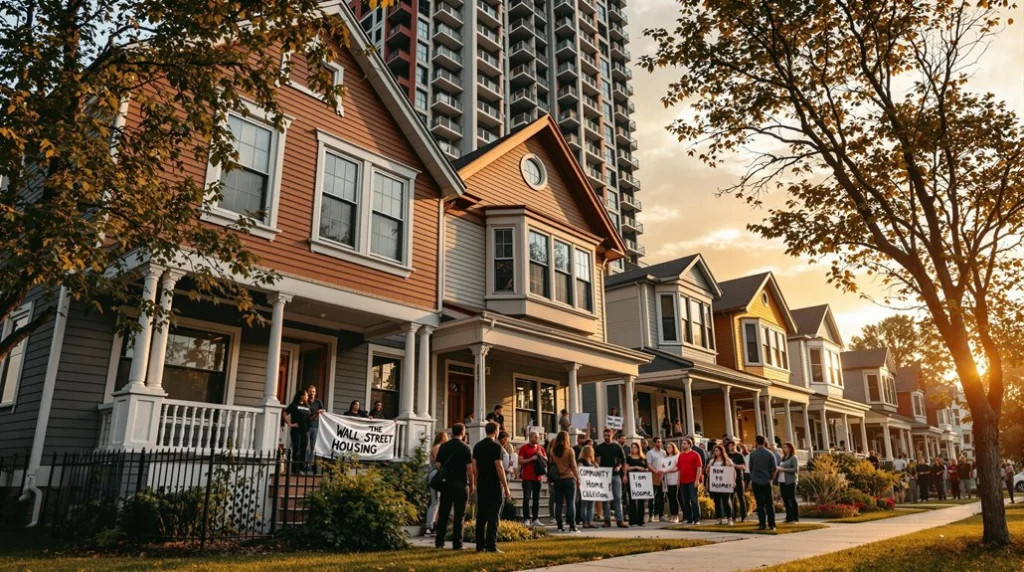Key Takeaways
- Housing Affordability Crisis: Millennials are facing a severe housing affordability crisis in cities.
- Suburban Resurgence: There’s a growing trend of millennials moving to suburbs for more affordable living.
- Economic Struggles: Factors like inflation, stagnant wages, and student debt are influencing millennials’ housing decisions.

Shifting Grounds of Urban Millennial Migration
In recent years, the millennial generation, who once turned urban environments into thriving cultural hubs, is now facing a stark reality: they are being priced out of the cities where they built their lives.
This demographic shift is pushing millennials towards suburban areas, driven by a combination of rising housing costs, increasing mortgage rates, and a quest for more affordable living spaces.
With many younger populations eager to remove themselves from busy city centers, energetic gateways, and thriving nightlife due to the rise of remote work, thousands are now wanting to boomerang back to the modern conveniences of city life with the realization of being stuck in housing limbo.
Key Developments
- Escalating Urban Housing Costs: Housing prices in major cities have skyrocketed, making it increasingly difficult for millennials to afford urban living. The median sales price of homes has more than doubled compared to five decades ago, reaching around $440,000 in 2022.
- The Suburban Migration: Many millennials, once the catalysts for urban revitalization, are relocating to suburbs. These areas offer more affordable housing options and have started to adapt by developing mixed-use projects and enhancing commuter lines.
- Financial Struggles and Lifestyle Changes: Stagnant wages, inflation, and student debt exacerbate the affordability crisis for millennials. As a result, they are compromising on living space and amenities for financial stability.
Personal Story
Jandra Sutton, a 34-year-old writer, shared her experience of moving from suburban Tennessee to downtown Nashville.
Despite sacrificing living space and amenities like a yard and an extra car, she finds urban living more fulfilling due to the proximity to restaurants, parks, and community spaces
Related Fact
During the COVID-19 pandemic, there were significant changes in migration patterns within the United States, particularly impacting the real estate market and the behavior of millennials. Many millennials took advantage of remote work opportunities to relocate from high-cost urban centers to more affordable suburban or rural areas, leading to surging demand in previously overlooked regions. This shift, combined with economic uncertainty, contributed to the big tech real estate collapse, as tech hubs like San Francisco and Seattle experienced declining property values and increased vacancies. These migration patterns not only reshaped housing trends but also highlighted the evolving priorities of a generation seeking greater financial security and flexibility.
Key statistics and insights include:
State-to-State Moves and Preferences: Analysis of state-to-state moves by United Van Lines revealed that six of the top seven moving patterns involved California, indicating a significant outmigration from the state. Eighteen of the top 20 moving patterns involved either California or Florida, reflecting the large populations of these states.
Shifts in Domestic Migration: During the pandemic’s peak, between 2020 and 2021, smaller counties with fewer than 30,000 people, which previously lost population through net domestic migration, began gaining people. In contrast, the largest counties with populations of 1 million or more experienced exacerbated outmigration during the pandemic, although this trend slightly diminished in certain regions by 2022.
Pandemic’s Impact on Housing Market: The pandemic and the shift to remote work led to new homebuying patterns. Zillow found that nearly two million renters who couldn’t afford homes in metro areas could now afford to buy farther out because they no longer needed to commute to work. This change reflects a significant shift in the real estate market, influenced by remote working trends.
Urban and Suburban Real Estate Trends: In the Northeast and West regions, like New York and San Francisco, home value growth in cities trailed the suburbs. However, the opposite occurred in the Midwest, with urban areas like Kansas City and Cleveland experiencing surges in home values. This indicates a variation in urban and suburban real estate trends across different regions. Furthermore, these shifts in home values reflect broader changes in consumer preferences, with many buyers prioritizing space and affordability, particularly in suburban areas. As a result, real estate contractor pricing trends have also seen fluctuations, with increased demand for construction and renovation services in suburban markets. Conversely, urban centers may face challenges as potential buyers weigh the costs of high prices against the benefits of city living.
Remote Work and Housing Preferences: Pre-pandemic remote workers were more likely to move for housing-related reasons than for job-related ones. This preference for remote work has likely influenced the migration patterns and housing choices of millennials, especially during the pandemic.
Assessment
The trend of millennials being priced out of cities and moving to suburbs marks a significant shift in urban demographics and lifestyle preferences.
This migration underscores the broader economic challenges faced by the millennial generation, including the impacts of inflation, wage stagnation, and the rising cost of living.
Long-term effects of this shift could reshape the landscape of American cities and suburbs, potentially leading to a redefinition of community structures and local economies.
References
- Millennials are getting priced out of cities – Politically Brewed
- Millennials Are Moving To ‘The Most Boring Places In The World – Digg
- For millennials, the cost of homes and other milestones just keep rising out of reach – Marketplace
- U.S. Migration Patterns Before and After the Start of the Covid-19 Pandemic – Federal Reserve Bank of Chicago
- Two Years Into Pandemic, Domestic Migration Trends Shifted – United States Census Bureau
- Zillow and Census Bureau Data Show Pandemic’s Impact on Housing Market – United States Census Bureau
No related posts.





















